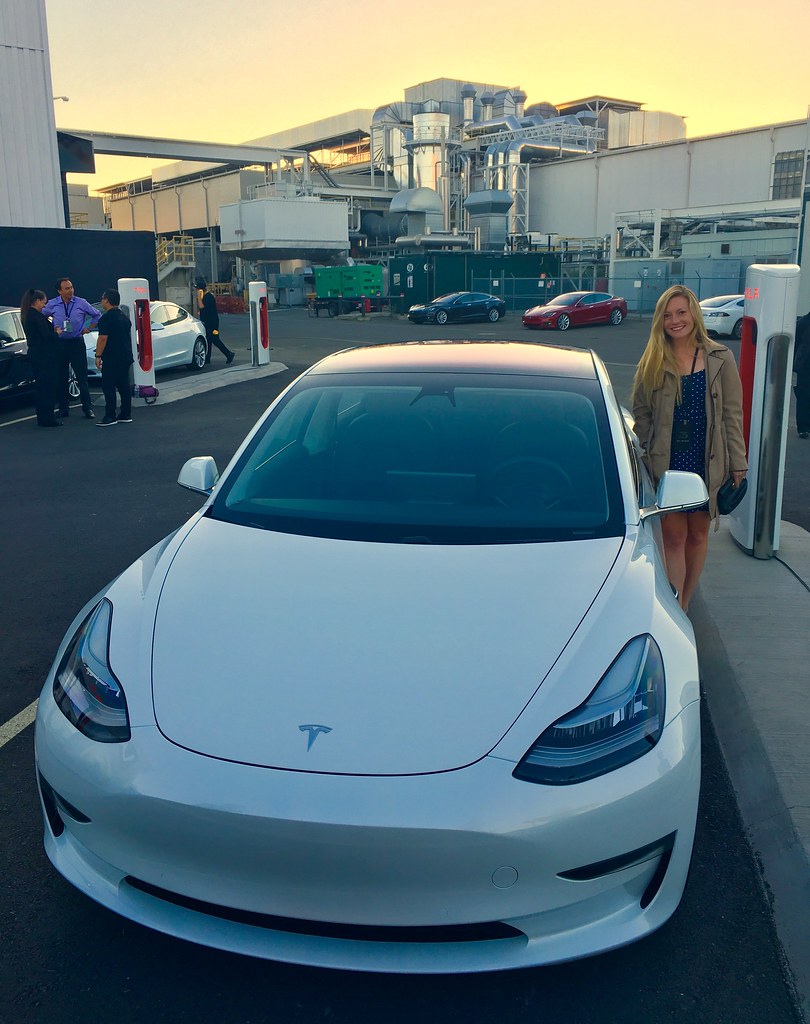
The evolution of automobiles from mere mechanical machines to highly networked, intelligent computers on wheels represents one of the most significant technological shifts of our era. This transformation, while offering unparalleled convenience, efficiency, and safety, simultaneously ushers in an entirely new frontier of cybersecurity threats. Modern vehicles, often equipped with over 100 Electronic Control Units (ECUs) and millions of lines of code, have become prime targets for cyberattackers eager to exploit the expanding digital landscape within the automotive ecosystem.
The scale of this challenge is rapidly escalating. Between 2023 and 2024, 409 automotive-related cybersecurity incidents were reported, with over 60% demonstrating a high to extreme impact on mobility assets. Alarmingly, massive breaches involving millions of vehicles surged from 5% in 2023 to 19% in 2024. This sharp increase not only highlights the advanced nature of contemporary cyber threats but also the inherent network vulnerabilities embedded within the modern connected vehicle environment.
The economic burden of these attacks is immense. Estimated losses from ransomware attacks, data intrusions, and business disruptions in the automotive industry ranged into the tens of billions of dollars between 2022 and 2024. Ransomware, in particular, saw an exponential increase in 2024, with over 100 attacks and more tremendous 200 data intrusions reported across the automotive and smart mobility value chain. These figures paint a stark picture: cybersecurity is no longer an ancillary concern but a fundamental requirement for the future of safe, secure, and reliable mobility. Understanding these threats is paramount for both manufacturers and consumers alike.

1. **Remote Access Exploits & Vehicle Control Hijacking**One of the most unsettling realities of modern connected cars is their susceptibility to remote access exploits, allowing hackers to take control of critical vehicle functions from a distance. A staggering 92% of automotive cyberattacks are conducted remotely, with 85% requiring no direct contact with the vehicle being attacked. This means a hacker doesn’t need to be physically near your car to manipulate it, a prospect that understandably fuels driver anxiety.
A watershed moment illustrating this danger was the 2015 Jeep Cherokee hack. Cybersecurity researchers famously demonstrated their ability to remotely disable a vehicle’s brakes and transmission while it was traveling on a highway. This alarming vulnerability forced Chrysler to issue a recall for 1.4 million vehicles, marking it as the largest automotive cybersecurity recall in history. Such incidents underscore the potential for cyberattacks to directly endanger lives, shifting the perception of automotive cybersecurity from a data protection issue to a life-safety concern.
The ability for attackers to commandeer vital safety features through remote exploits highlights a critical design flaw in how these systems are secured. While manufacturers regularly release patches, the incident serves as a powerful reminder of the profound impact such breaches can have. For consumers, diligent software maintenance, ensuring all vehicle software is kept up to date, and disabling unnecessary wireless features when not in use are crucial defenses.
Read more about: 12 Smart Home Products That 15 Security Experts Say Demand Your Immediate Attention

2. **Infotainment System Compromises**The infotainment system, once a simple radio, has evolved into a complex, internet-enabled hub connecting to mobile apps, navigation, and even crucial vehicle functions. This sophistication, while enhancing user experience, transforms it into a significant entry point for cyberattackers. Infotainment system vulnerabilities account for approximately 15% of all cybersecurity compromises in vehicles, a figure that nearly doubled in 2023.
These systems are appealing targets because they often link to personal devices, store sensitive information, and can potentially bridge to more critical vehicle control units. Compromised infotainment systems can lead to data theft, extracting personal information such as contacts, call logs, or credit card details. More alarmingly, as demonstrated by the 2015 Jeep Cherokee hack, exploiting these systems can grant cyber hackers the ability to commandeer control over important safety features, moving beyond data compromise to direct physical risk.
The risks are further compounded by the internet connectivity. These systems are exposed to the same types of malware and network-based attacks as smartphones. Consumers are advised to be extremely cautious about connecting untrusted USB devices to their car’s ports and to download updates exclusively from official manufacturer sources. Avoiding public Wi-Fi networks when utilizing connected features is also a prudent measure, as these open networks can be easily exploited.
Read more about: Drove it Regretted it: 12 Compact Models That Made Owners Question Their Judgment on the First Commute.
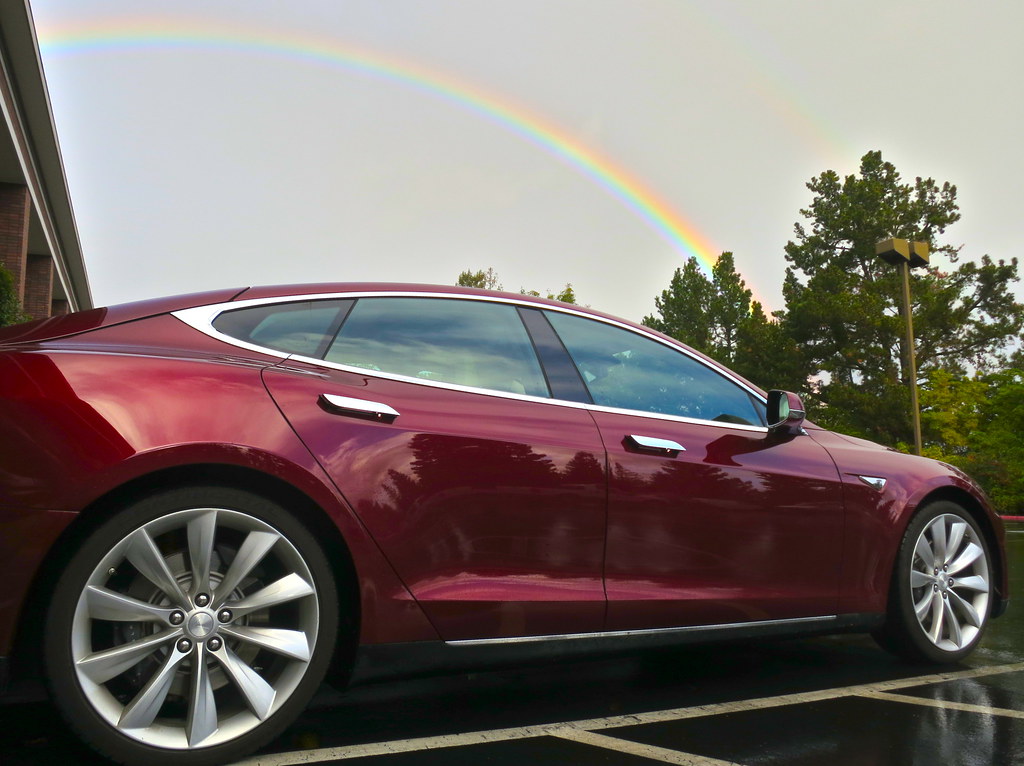
3. **Telematics and Application Server Attacks**Telematics systems, enabling vehicles to communicate with cloud services and mobile applications, represent another rapidly expanding attack vector. These systems facilitate a wide array of connected car functions, from remote diagnostics and emergency assistance to navigation. However, their pervasive connectivity makes them highly vulnerable. Attacks targeting telematics and application servers substantially increased from 43% in 2023 to an alarming 66% in 2024.
This surge reflects the growing integration of new vehicles with cloud infrastructure and mobile applications, creating a vast network of potential entry points. Exploiting vulnerabilities in these servers can grant unauthorized access to a wealth of sensitive data and even allow for the manipulation of vehicle functions. The Subaru Starlink vulnerability is a prime example, where weaknesses in an admin portal could have allowed hackers to remotely start or stop cars, lock and unlock doors, track real-time locations, and extract personally identifiable information, including billing details.
Such attacks highlight systemic issues in connected car system design, particularly regarding weak authentication and centralized data storage. When large amounts of sensitive data are housed in centralized systems, they become lucrative targets, making breaches more likely. To safeguard, automakers must prioritize robust authentication and secure data handling. Consumers should utilize multi-factor authentication for connected car accounts and be discerning about shared information.
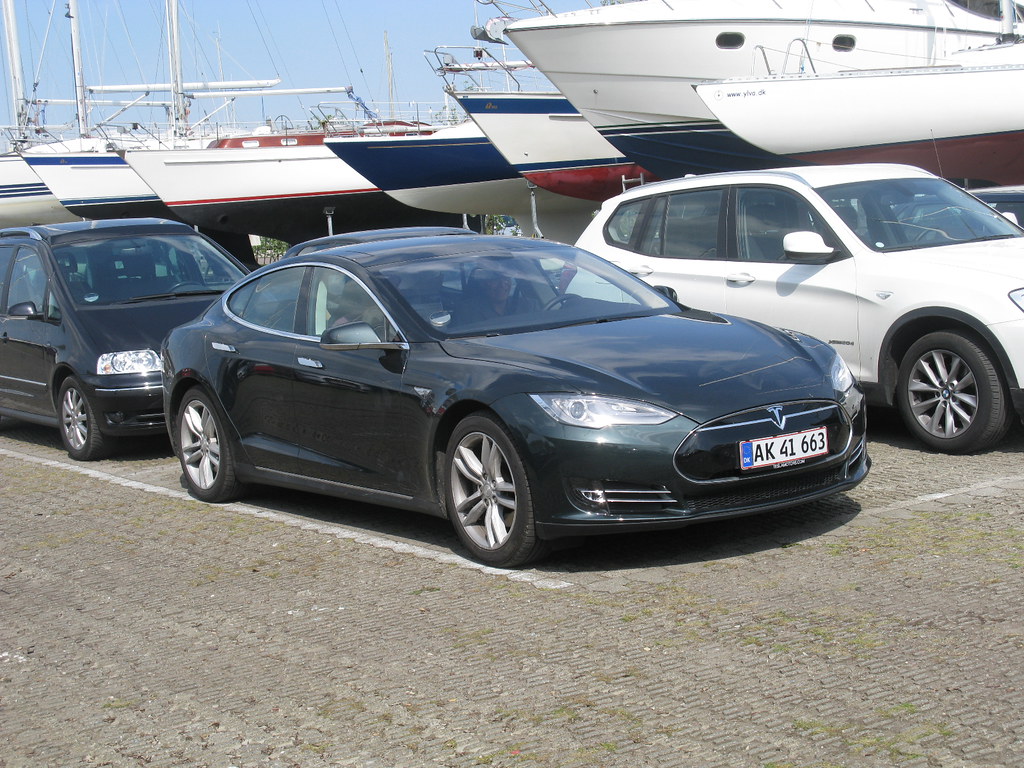
4. **Over-the-Air (OTA) Update Flaws**Over-the-Air (OTA) updates have revolutionized vehicle maintenance, offering immense convenience and cost savings by wirelessly delivering software patches and new features. However, this convenience introduces a significant security paradox: vulnerabilities in OTA systems present an extremely dangerous attack surface, capable of compromising entire vehicle fleets with malicious firmware.
The inherent risks in OTA updates often stem from insufficient authentication and encryption protocols. If these security measures are weak or poorly implemented, attackers can intercept and manipulate updates, injecting malicious code that could affect a car’s performance, safety, or even seize control of its critical systems. The same mechanism designed for remote updates then becomes a potent vehicle for massive, widespread attacks, potentially impacting millions of vehicles simultaneously.
The integrity of this process is paramount as many new cars receive software updates wirelessly. For consumers, never delaying software updates is crucial, as security patches often address known flaws. Furthermore, it is imperative to download updates exclusively from official manufacturer sources and, if possible, verify the update’s authenticity through multiple channels to prevent malicious interventions.
Read more about: Navigating Vehicle Recalls: An In-Depth Guide to Reliability and Safety for Savvy Consumers
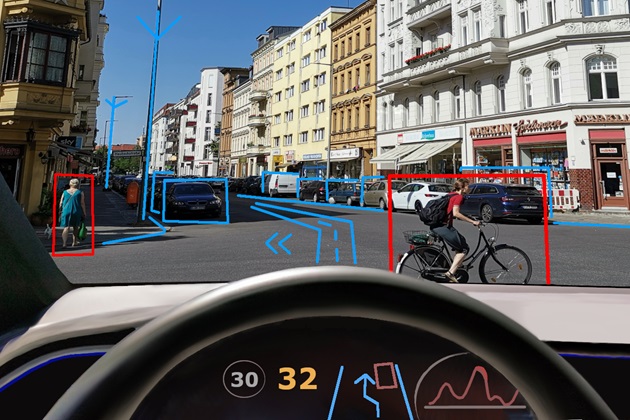
5. **Vehicle-to-Everything (V2X) Communication Threats**Vehicle-to-Everything (V2X) technology is a cornerstone of future mobility, designed to enhance safety and improve traffic efficiency by enabling cars to communicate with infrastructure, other vehicles, pedestrians, and the cloud. While promising significant advancements, this interconnected network also introduces entirely new attack avenues with potentially devastating consequences for public safety and traffic flow.
One primary threat within V2X communication is the potential for attackers to construct “ghost nodes” or false vehicles within the network. These phantom entities could perform unwanted actions, send misleading data, and even lead to accidents by causing legitimate vehicles to react to non-existent threats. Additionally, “self-telemetry manipulation” allows malicious actors to send false data about a vehicle’s location, speed, or brake condition, which could lead to traffic congestion, misdirected emergency services, or coordinated accidents.
Furthermore, attackers could engage in “channel denial of service” attacks, interfering with the electromagnetic channels used for V2X communication. This disruption would interrupt the exchange of critical safety information, effectively blinding vehicles to their surroundings and to each other, thereby increasing the risk of collisions. Ensuring cars utilize secure communication protocols, such as encrypted signals, and staying updated on any recalls or security patches related to V2X systems are vital protective measures.
Read more about: Drive Safer and Smarter: The 12 Essential Car Software Updates for Enhanced Security and Performance
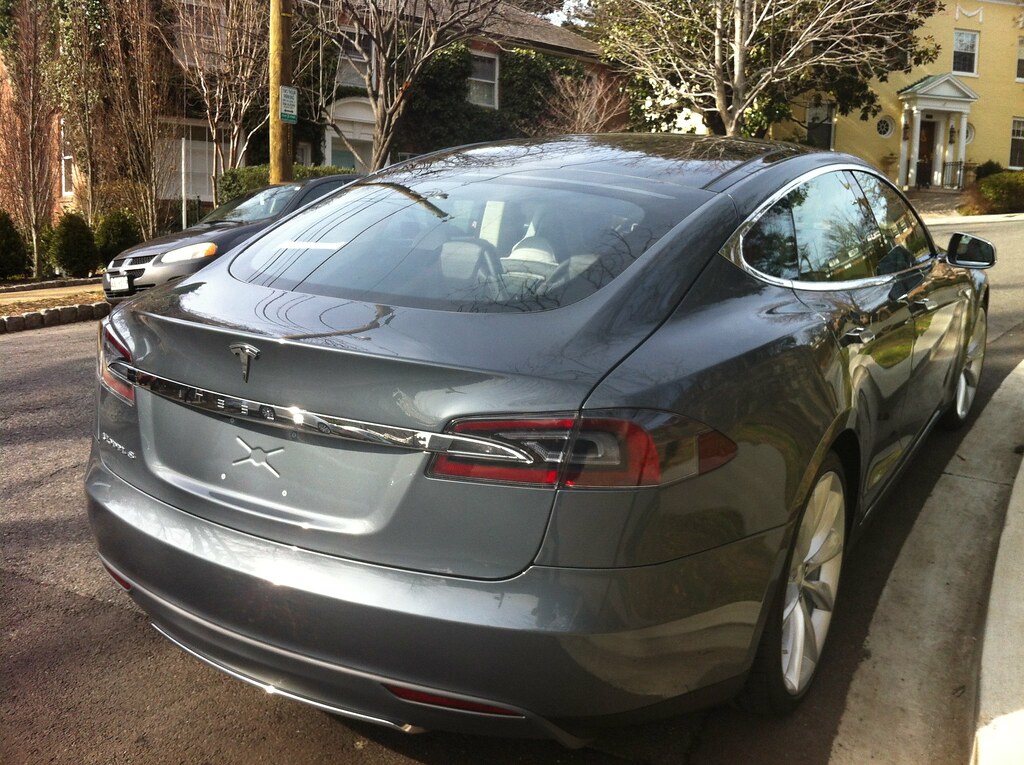
6. **Supply Chain Vulnerabilities**The automotive supply chain has emerged as one of the most frequently targeted industries by cybercriminals, with third-party and supplier companies becoming a primary focus. This vulnerability stems from the highly integrated nature of the modern automotive ecosystem, where hundreds of components and software modules from various suppliers are brought together to create a single vehicle. A weakness in any part of this extensive “supply web” can have ripple effects throughout the entire industry.
Supply chain attacks today are highly advanced, with criminals specifically exploiting vulnerabilities within components and suppliers to gain access to broader systems. A vivid example from June 2024 involved a ransomware attack on a dealership software firm that brought activity at over 15,000 North American dealerships to a halt. This incident clearly demonstrates how a compromise at one point can cascade into massive operational disruptions and financial losses for the entire automotive value chain.
The complexity of modern vehicles, relying on numerous external software providers, necessitates rigorous security across the entire supply chain. For producers, this means critical analysis and constant monitoring of all external components and suppliers to identify and mitigate weaknesses. Consumers also play a role, with 83% wanting automakers to disclose software sources and 77% recognizing third-party components as risks, highlighting a demand for greater transparency.
Read more about: Don’t Let Your Diesel Go BOOM! Decoding the 10 Turbocharger Time Bombs Threatening High-Mileage Engines
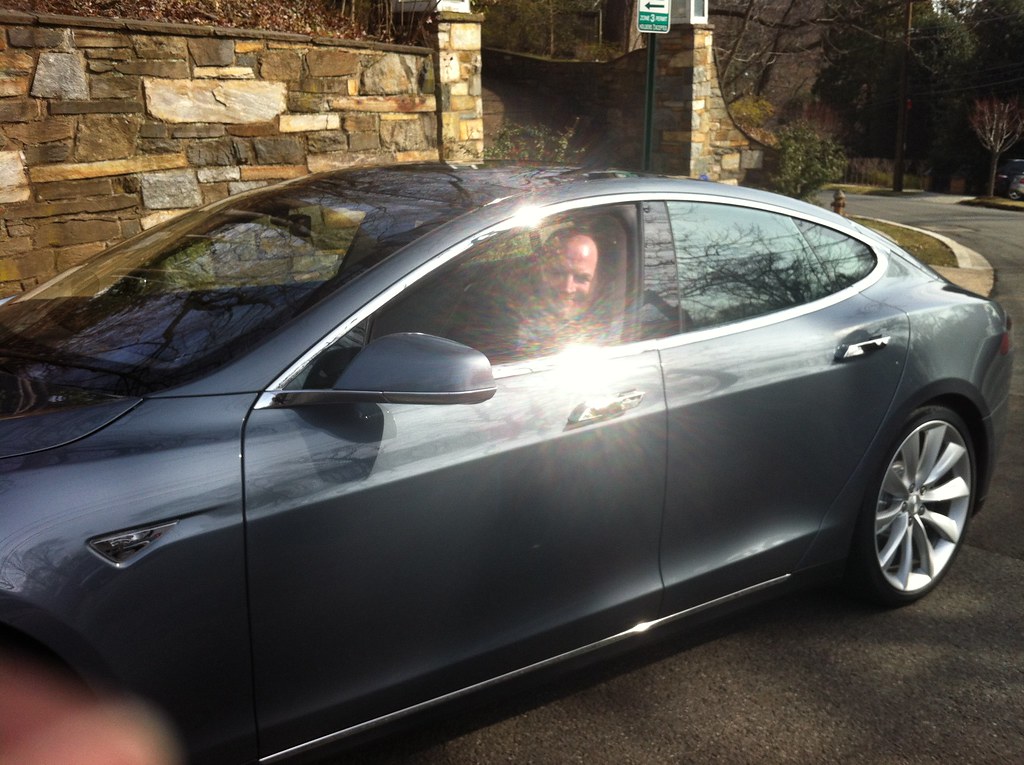
7. **ECU Security Issues**Electronic Control Units (ECUs) are arguably among the most significant attack targets within contemporary vehicles. Modern cars can contain up to 100 ECUs, controlling everything from engine operation and braking systems to airbags and advanced safety features. These units are essentially the “brains” of the car, and their pervasive presence provides multiple avenues for exploitation, making their security paramount.
A particularly significant vulnerability discovered in some ECUs is compromised authentication, which can effectively act as an “ECU killer” by enabling unauthorized access to lifeline vehicle systems. Once an attacker gains control over an ECU, they can potentially manipulate critical vehicle functions, disable safety features, or extract sensitive data, turning the vehicle into a weapon or surveillance device. This presents a direct physical threat, not just a data breach.
Traditional ECU attack techniques include direct physical access, where attackers use specialized tools, and the exploitation of ECU software vulnerabilities to install malicious software. Furthermore, the Controller Area Network (CAN bus), which interconnects many ECUs and often lacks proper security measures, can be compromised to send unauthorized commands to critical systems. Strengthening access controls, ensuring secure software development practices, and implementing multi-layered security architectures are crucial for safeguarding these vital components.
The initial threats facing connected vehicles, while profound, represent only one facet of a rapidly expanding and increasingly sophisticated cybersecurity landscape. As automotive technology hurtles towards more autonomous, integrated, and data-intensive paradigms, new and evolving risks emerge, demanding an even deeper understanding and robust defenses. The next frontier of automotive cybersecurity challenges extends beyond direct intrusion to encompass pervasive data privacy abuses, cunning theft techniques, widespread operational disruption via ransomware, and the novel vulnerabilities inherent in artificial intelligence, electric vehicle charging, and fully autonomous systems.
Read more about: Drove it Regretted it: 12 Compact Models That Made Owners Question Their Judgment on the First Commute.

8. **Data Collection and Privacy Concerns**Modern connected cars are veritable data factories, ceaselessly generating enormous amounts of personal information. With some vehicles capable of producing as much as 25 gigabytes of data per hour from over 200 sensors, the scope of what’s collected is vast, encompassing precise geographical locations, detailed behavioral patterns, driving habits, personal contacts, and even biometric data from in-vehicle sensors. This rich trove of personal information, while enabling enhanced services, also creates a significant privacy risk.
The potential for abuse of this aggregated information has already come to light, raising serious ethical and legal questions. For instance, General Motors was recently taken to court over allegations of collecting and selling individual driving data on 1.5 million people in Texas to third parties. These third parties then allegedly used this data to determine insurance premiums, all without sufficient consent from the drivers, revealing a disturbing dimension of data commodification.
Another stark example is the Volkswagen Cariad data breach, which exposed the personal data of 800,000 electric vehicle owners. This breach included highly sensitive information such as precise locations and travel patterns, allowing for the construction of detailed profiles of individuals’ movements and activities. Such incidents underscore the critical need for robust data governance and transparent consent mechanisms in the connected car ecosystem.
These revelations highlight a fundamental challenge in automotive cybersecurity: it’s not just about preventing unauthorized access to the car’s systems, but also about safeguarding the vast amounts of personal data that vehicles routinely collect and share. Automakers and service providers bear a heavy responsibility to ensure the integrity, confidentiality, and proper use of this data, going beyond mere compliance to proactive ethical stewardship.
Read more about: The Enduring Journey: Unpacking the Profound Reasons Why Americans Are Keeping Their Cars for Two Decades and Beyond

9. **Keyless Entry and Relay Attacks**The convenience of keyless entry systems, which allow drivers to unlock and start their vehicles without physically using a key, has unfortunately opened a new avenue for sophisticated vehicle theft. This modern amenity has become a hacker’s dream, susceptible to what are known as relay attacks. These attacks exploit the wireless signals exchanged between a car and its key fob, effectively bypassing traditional physical security measures.
In a relay attack, criminals employ signal-boosting devices to intercept and extend the range of the key fob’s signal. One device is placed near the owner’s key fob (e.g., inside a home), while another is held near the vehicle. This tricks the car into believing the key fob is within close proximity, allowing thieves to unlock doors and even start the engine without ever possessing the physical key. This method is alarmingly effective, with research indicating that nearly 50% of stolen cars in the UK in 2022 were taken using keyless entry exploits.
High-profile incidents underscore the prevalence of this threat. For example, in 2021, Toyota and Lexus vehicles were targeted by attackers who cloned key fobs through relay attacks, boosting signals to unlock and drive cars without the owners’ permission. The “PerfektBlue” Bluetooth vulnerability, discovered more recently, also exposed millions of vehicles to remote hacking, enabling attackers to unlock doors, start engines, and potentially access critical vehicle systems without physical contact.
For consumers, protecting against these subtle yet potent threats is paramount. Storing key fobs in a Faraday pouch, a signal-blocking case, when not in use can effectively prevent signal interception. Employing traditional security measures like a steering wheel lock adds a physical deterrent, and drivers should explore disabling passive keyless entry features in their car’s settings if the option is available to them.
Read more about: Arm Your Ride: Essential Anti-Theft Strategies for Urban Drivers

10. **GPS Spoofing and Navigation Manipulation**Imagine driving to a familiar destination, only for your vehicle’s navigation system to suddenly mislead you, sending you down an incorrect path or to an entirely different location. This isn’t a mere glitch; it’s a sophisticated cybersecurity threat known as GPS spoofing. Attackers leverage this technique by sending fake GPS signals to trick a vehicle’s navigation system, causing it to misinterpret its own location and intended route.
The implications of GPS spoofing extend far beyond mere inconvenience. This technique can be exploited for a range of malicious purposes, from aiding in carjackings by redirecting unsuspecting drivers into compromised areas, to causing widespread military disruptions, or simply sowing chaos on public roads. By providing false positional data, attackers can manipulate traffic flow, misdirect emergency services, or even coordinate accidents.
The impact on critical infrastructure and transportation fleets could be severe, as misled navigation systems could lead to significant logistical challenges or even immobilize vehicles. The accuracy of location data, which connected cars can store with precision within five meters spanning over a year, becomes a double-edged sword when such data can be maliciously manipulated.
To defend against this stealthy threat, consumers are advised to cultivate a habit of cross-checking routes using secondary navigation sources, such as a smartphone, especially if they notice sudden or suspicious changes in GPS directions. If available, enabling encrypted GPS features in the vehicle can provide an additional layer of defense, making it harder for attackers to inject misleading signals.
Read more about: Sophisticated GNSS Spoofing Reshapes Electronic Warfare in Middle East and Ukraine, Posing Civilian Risks

11. **Ransomware Impact on Operations**While many cybersecurity discussions center on data theft or vehicle control, ransomware attacks pose a distinct and increasingly devastating threat, specifically targeting the operational continuity and business processes of the automotive industry. These attacks, which encrypt systems and demand a ransom for their release, have seen an exponential increase in 2024, with over 100 attacks and more than 200 data intrusions reported across the automotive and smart mobility value chain.
The economic burden has been immense, with cyberattacks on the automotive industry in 2022–2024 resulting in estimated losses in the range of tens of billions of dollars through ransomware attacks, data intrusions, and business disruption. These attacks are not merely about financial extortion; they are about bringing entire operations to a grinding halt, causing widespread ripple effects throughout the complex automotive supply chain.
Specific, high-profile incidents illustrate this destructive power. Hyundai Motor Europe, for instance, was struck by a Black Basta ransomware attack in February 2024, resulting in significant business disruption and the theft of 3 terabytes of data. In another incident, an attack on a Japanese auto components supplier forced a major OEM to shut down 14 plants, affecting thousands of car productions and demonstrating how a single point of failure can cascade into massive operational and financial losses.
Chinese car manufacturers have also been impacted, facing ransomware attacks on interior components and cockpit electronics, leading to substantial lawsuits totaling $26 million. These examples collectively highlight that ransomware is a multifaceted threat, capable of causing extensive financial damage, severe operational paralysis, and reputational harm across the entire automotive value chain, far beyond individual vehicle compromise.
Read more about: 11 Essential Strategies for Small Businesses to Fortify Defenses Against Major Cyberattacks

12. **Artificial Intelligence Vulnerabilities**The increasing deployment of Artificial Intelligence (AI) in automotive systems, from autonomous driving algorithms to smart infotainment and predictive maintenance, introduces an entirely new category of cybersecurity risks. As cars become more sophisticated “computers on wheels” powered by AI, machine learning, and IoT, they also expose themselves to novel vulnerabilities that cybercriminals are eager to exploit.
Specific AI vulnerabilities include voice assistant system prompt injection attacks, where malicious commands or data can be fed to AI assistants to gain unauthorized access or manipulate functions. Furthermore, AI accelerator hardware-specific vulnerabilities can be exploited, undermining the integrity of the computational backbone that drives these intelligent systems. These systems are also susceptible to issues like over-usage, off-envelope behavior, and malicious manipulation throughout their entire lifecycle, from design to deployment.
These sophisticated attacks against AI components can mislead decision-making systems, causing autonomous functions to behave unpredictably or dangerously. Whether it’s causing a self-driving car to make an incorrect turn, misinterpreting sensor data, or simply performing unwanted actions, the consequences of compromised AI can range from minor disruptions to catastrophic accidents. The potential for such manipulation across various smart vehicle functions highlights a critical area of concern.
Securing AI in connected cars requires a holistic approach, integrating cybersecurity from the ground up throughout the AI development and deployment lifecycle. This includes robust validation of AI models, secure hardware design, and continuous monitoring for anomalous behavior. As AI advances toward Level 4 and Level 5 autonomy, ensuring the resilience and trustworthiness of these intelligent systems becomes an absolute imperative for safe and reliable mobility.
Read more about: Remember the ’90s? These 10 Child Stars Were the Absolute Princes and Princesses of Charm on the Small Screen!
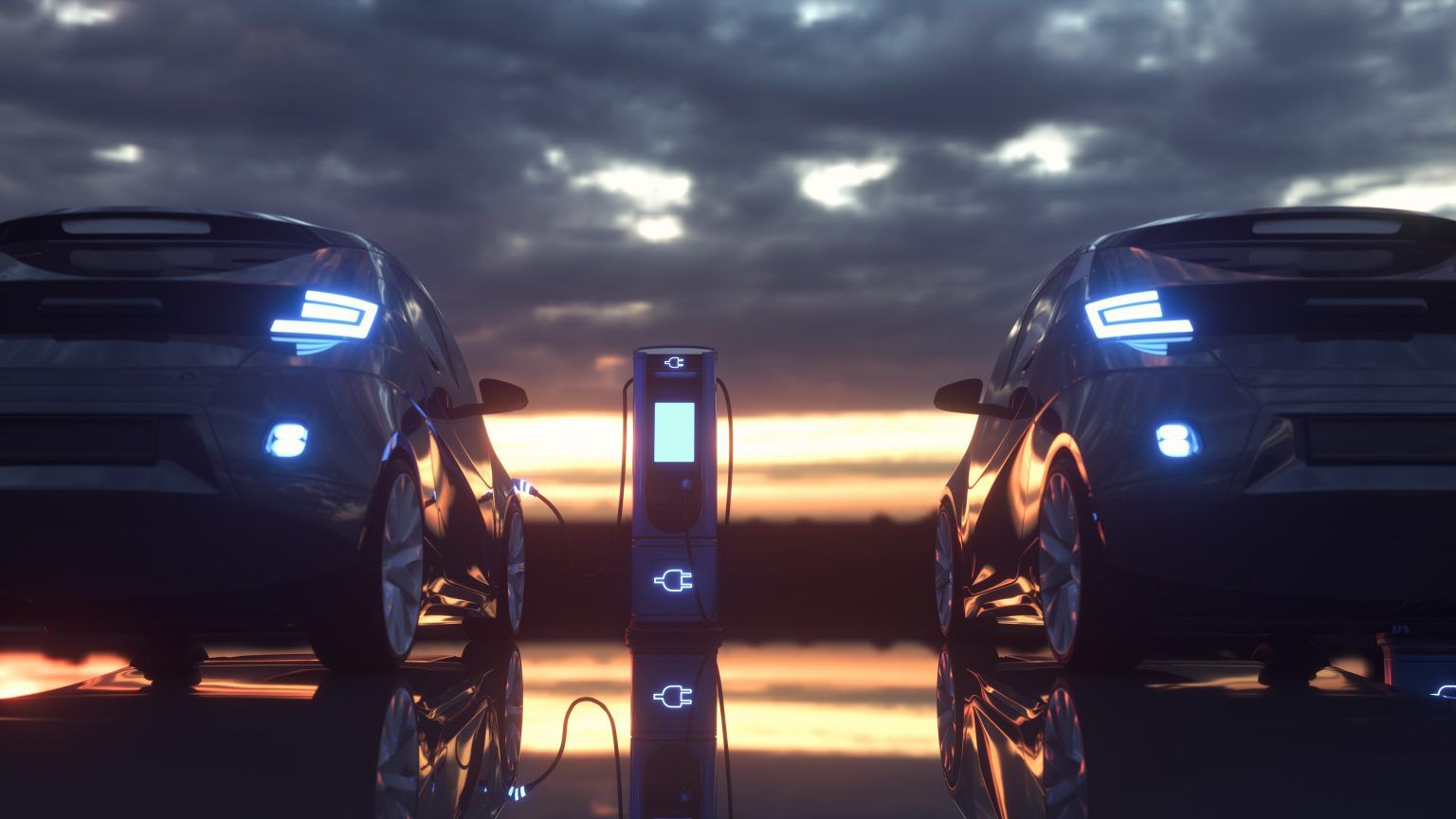
13. **Electric Vehicle Charging Infrastructure**The rapid expansion of electric vehicles (EVs) and their associated charging networks introduces a new and often overlooked cybersecurity hotbed. EV charging infrastructure, while essential for sustainable mobility, presents additional entry points for attackers to exploit vehicle systems and data. The inherent connectivity of these charging points and the underlying communication protocols create distinct vulnerabilities that must be rigorously addressed.
A primary concern stems from weaknesses in payment protocols and communication standards used by charging stations. If these protocols are not adequately secured, attackers could intercept payment information, manipulate billing, or even compromise the user accounts associated with EV charging services. Such breaches could lead to financial losses for consumers and operators alike, eroding trust in the burgeoning EV ecosystem.
Beyond financial implications, vulnerabilities in the charging infrastructure could extend to impacting both the vehicles being charged and the broader power grids they connect to. Malicious actors could potentially exploit insecure communication channels to inject malware into a connected EV during a charging session or even disrupt the stability of local power grids by manipulating charging loads across multiple stations.
The integration of charging points introduces more entry points for attackers to exploit vehicle systems and data, making the charging process a potential conduit for cyberattacks. Therefore, ensuring secure communication between EVs and charging stations, implementing robust authentication for charging sessions, and continuously updating the software that governs these networks are crucial steps in safeguarding the future of electric mobility.
Read more about: Diesel Durability Unveiled: 10 Engines That Redefine Longevity — And Those That Don’t

14. **Autonomous Vehicle Threats**As the automotive industry progresses towards fully autonomous vehicles, the nature of cybersecurity threats evolves dramatically, presenting advanced and complex challenges. Autonomous cars rely heavily on a vast array of sensors, sophisticated AI algorithms, and constant connectivity to perceive their environment and make driving decisions. This intricate web of technology becomes a prime target for specialized cyberattacks.
One of the most critical threats is sensor manipulation attacks. Malicious actors could introduce false data or interfere with the signals from LIDAR, radar, cameras, or ultrasonic sensors, effectively “blinding” the autonomous system or feeding it misleading information. Such manipulation could trick the vehicle’s decision-making systems into misinterpreting its surroundings, leading to dangerous maneuvers, accidents, or even deliberate collisions.
The consequences of compromising autonomous vehicles are profound. Beyond individual accidents, successful attacks could lead to widespread traffic congestion by causing vehicles to slow down or halt in coordinated patterns. More alarmingly, they could immobilize critical transportation fleets, severely disrupting logistics, public services, or even military operations. The ability to remotely command or misdirect a fleet of autonomous vehicles represents a potent and dangerous capability.
The challenge lies in securing an architecture where software defines nearly every aspect of vehicle operation, from navigation to braking. This demands unparalleled levels of resilience, redundancy, and real-time threat detection. Protecting these advanced systems requires a convergence of physical and digital security, ensuring the integrity of both the hardware sensors and the complex AI software that processes their data, forming the ultimate frontier in automotive cybersecurity.
Read more about: Beyond the Garage: A Deep Dive into the Thriving World of Car Clubs and Automotive Communities
The journey of the connected car, from a mere mechanical conveyance to an intricate network of systems, represents an undeniable leap forward in mobility, safety, and convenience. Yet, as this article has explored, this evolution is intrinsically linked to an escalating and increasingly sophisticated array of cybersecurity threats. From the insidious data collection that erodes privacy to the cunning relay attacks that bypass physical security, and the emerging vulnerabilities within AI, EV charging, and autonomous systems, the challenges are profound and multifaceted. The statistics paint a stark picture: cyberattacks on the automotive sector are soaring, not just in frequency but in scale and sophistication, with massive incidents affecting millions of vehicles and financial damages tallying into the tens of billions of dollars. This underscores an urgent imperative for the industry to fortify its cybersecurity infrastructure. Consumers, too, are acutely aware of these dangers, with a significant majority expressing concern about cyberattacks endangering lives. Successfully navigating this complex landscape necessitates an unprecedented level of cooperation among OEMs, suppliers, technology companies, regulators, and, crucially, consumers. It is only through a dedicated commitment to “security by design,” continuous monitoring, and agile response capabilities that the automotive industry can truly master the intricacies of cybersecurity. This collective effort is not merely a technical requirement; it is the fundamental bedrock upon which the next generation of safe, secure, and reliable mobility will be built, ensuring that the promise of connected driving is realized without compromising the safety and privacy of millions worldwide.



